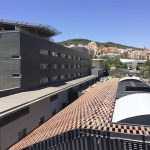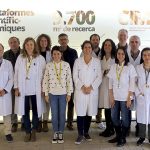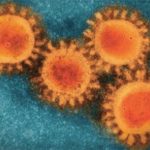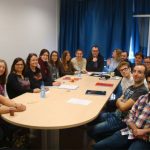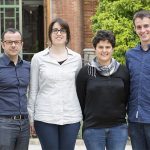
An investigation by the Research Groups of the Neuromuscular Diseases Unit (Alonso-Pérez and Díaz-Manera) and of Genetic Diseases (Gallano and González-Quereda), of the Sant Pau Research Institute- IIB Sant Pau, has recently been published in the Brain journal. The results of the study, in which 33 hospitals from 13 European countries participated and which collected clinical and genetic data from 439 muscular dystrophy patients, will help to design new clinical trials in a more rational way, while indicating that those therapies that induce protein expression above 30% can produce a significant change in the natural history of the disease.




